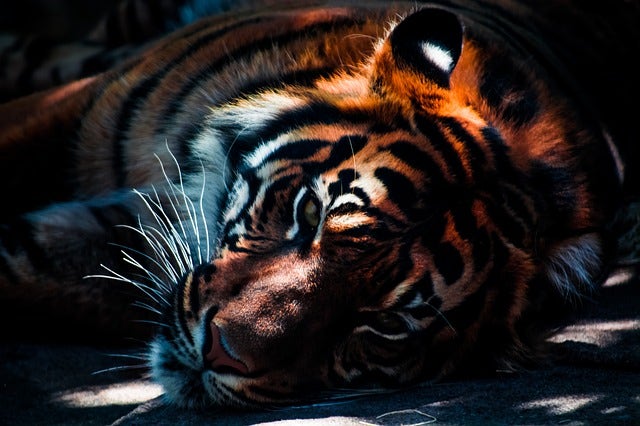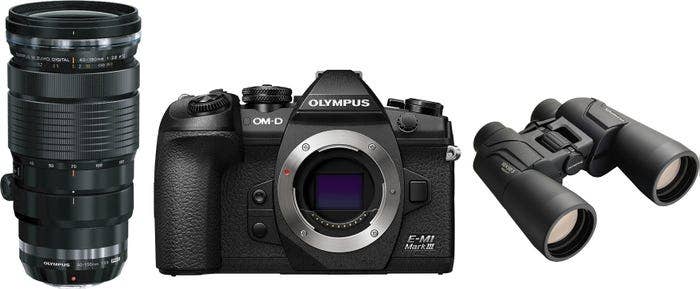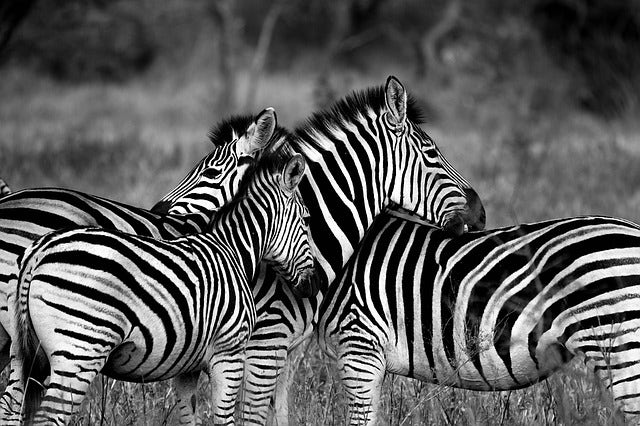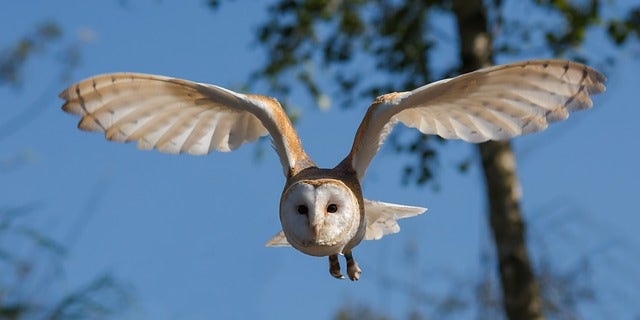
Wildlife photography has experienced a growth in popularity over the years. It’s not surprising, given that Australia has a wide variety of incredible animals to photograph.
With this surge in popularity, thousands of wildlife photos are appearing on the internet that aren’t quite hitting the mark. They're too blurry or obscured, hiding in the dark.
Understandably, wild animals can be a tricky subject to photograph. So to help you improve your skills we have compiled some useful wildlife photography tips to get you started.
Our Top Tips For Wildlife Photography Include:
- Get the right equipment for wildlife photography
- Patience is essential
- Know the behaviour of the subject
- Practice makes (nearly) perfect
- Know the rules and break them
- Enjoy the process and have fun!
Read more below on each of the tips for wildlife photography and start capturing amazing images today!
1. Get the Right Equipment For Wildlife Photography
Equipping yourself with the right gear is the first thing you should do before heading out to shoot your chosen subject. For wildlife photography, a telephoto lens and quality camera is a must.
The Best Cameras For Wildlife Photography:
On the camera front, a professional camera is a must to capture amazing images. our recommendations for wildlife photography cameras include:
- Nikon D850 camera
- Sony A7R Mark III with w/ FE 24-105 mm F4 G OSS Lens
- Panasonic Lumix GH5 Mark II with Lumix 12-60mm f/3.5-5.6 Lens
- Canon EOS 5D Mark IV camera is perfect for professionals
- Canon EOS 6D Mark II Body Digital SLR Camera is an excellent beginner option
These exellent cameras are suitable for anyone looking to up their wildlife photography game!
The best wildlife photography camera for beginners would be the Canon EOS 6D Mark II Body Digital SLR Camera which comes at a great price point and excellent performance!
Whilst the Canon EOS 5D Mark IV camera is perfect for professionals looking for exceptional results from their wildlife photography.
The Best Lenses for Wildlife Photography:
- Canon RF 100-400mm f/5.6-8 IS USM Lens: compact and lightweight telephoto lens
- Sony 200-600mm f/5.6-6.3 G OSS Full Frame Lens: versatile full-frame lens great for wildlife
- Fujifilm XF 100-400mm f/4.5-5.6 OIS WR Lens: weather-sealed super-telephoto lens
The length of the lens needed will depend on how close you can get to your subject. Typically, 300mm is the minimum length needed for wildlife photography. For animals that are hard to get close to (like birds) a 400-600mm lens is suggested.
It is important to remember that a great camera does not maketh the image. Take the time to learn how to use your new equipment correctly to ensure it is used to its full potential.
The Ultimate Photography Kit For Wildlife Photography:
If you're looking for the ultimate wildlife photography kit, choose the three in one bundle including the Olympus OM-D E-M1 Mark III Black Body with 40-150mm f/2.8PRO Lens and the 10x50S Binocular. This kit contains everything you need to scope out your subject and take stunning images with ease.

2. Patience is Essential, Not a Virtue
Nature, in general, is unpredictable and wild animals are by no means an exception. This is why having a high level of patience will be useful when photographing wildlife.
You can never predict what your chosen subject will do next - or when they will come out of hiding - so bring snacks and wait for that golden moment.
By being patient you will be rewarded with satisfying photos as well as amazing experiences. you also need to be patient with developing your skills and techniques, it may take multiple wildlife photography trips and attempts to become acquainted with this photography style.

3. Know the Behaviour of the Subject
Award-winning wildlife photographer Dale Morris believes that, with all types of photography, the more time you take to learn about your subjects the more likely it is your photos will be meaningful.
Animals have personalities too so having a professional lens will only get you so far. Although the behaviour of wild animals is usually difficult to predict, taking the time to get to know the personality and basic behaviour of the animal you are shooting (with your camera!) is crucial.
Consider things like: what is the preferred weather condition of your subject? Do they move quickly or slow (like a sloth)? Understanding their behaviour helps you predict how they will act and how you can set up your shot. Taking photos of birds vs. zebras can be very different, understanding the type of lens you need, the setup and frame size you need all contribute to optimal photography.
4. Practice Makes (Nearly) Perfect
If you are new to the photography world perhaps your first mission shouldn’t be heading out to the jungle to start photographing potentially dangerous, wild animals. It would be best to start off by photographing the birds and wildlife in your garden or even visiting the zoo. This way you will be able to learn the basics.

Due to the variable colours of wildlife, your camera’s metering system could encounter some issues. Dark subjects can be easily overexposed and light subjects underexposed. Using manual metering can ensure consistent exposures. There are endless possibilities and variations when it comes to wildlife, practice on one or similar subject matter over a period of time to master the techniques and understand what settings work best, it is about mastering your skills over time and building upon your knowledge.
5. Know the Rules and Break Them
Although it is important to know the basic rules of photography it is also important to break them. Sure, sticking to the right exposure is advisable but eye-to-eye photos (at eye level with the animal) is not essential for wildlife photography.
The subject could be distracted by their mother or enthralled by something much more interesting to them than you. By not adhering to this rule you could end up with an even more enthralling image. When it comes to wildlife, animals are wild, you need to capture the unexpected and keep your options open.

6. Enjoy It!
The most crucial tip of all is to live in the moment and enjoy the beauty of nature and wildlife around you. Don’t get caught up too much in all the technical issues as you will miss out on great experiences.
Furthermore, it’s not all about the big animals - take a minute to look around and you will be surprised at what amazing things you spot. Being surrounded by nature is amazing, make the most of your experience and any photos that comes about is a bonus!
Dale Morris rightly declares: “I am a firm believer that wildlife photography is not just about capturing great images. It’s equally about taking time to observe, and more importantly, really enjoy the experience of being in the company of wild animals.”
Shop Your Wildlife Photography Needs and Get Expert Advice at Camera House
For the right wildlife photography equipment, be sure to check out our online store or head into your local Camera House shop to get expert advice from our staff. Make your next wildlife photography adventure a blast with the best cameras, lenses, tripods, camera accessories and more from Camera House. Discover more interesting articles on the Camera House blog:
Looking for the Best Camera for Landscape Photography? Here Are Our Top 7 Picks.
The Essential Wildlife Photography Gear Every Beginner Needs
